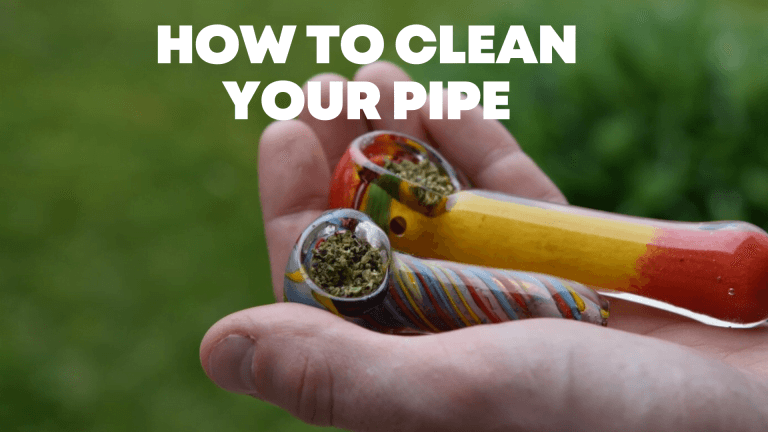The flowering stage is a crucial phase in the life cycle of cannabis plants when they transition from the vegetative growth phase to the reproductive phase, specifically the formation of flowers or buds. This stage is of particular importance to cannabis growers as it marks the onset of bud development, which contains the prized cannabinoids, terpenes, and other compounds sought after by cannabis enthusiasts.
During the flowering stage, cannabis plants undergo significant changes in their growth and physiology. Here are some key aspects and factors associated with this stage:
- Photoperiod Shift: Cannabis plants require a change in their light cycle to trigger the flowering stage. In indoor cultivation, growers typically switch from a vegetative light cycle of 18-24 hours of light to a flowering light cycle of 12 hours of light and 12 hours of uninterrupted darkness. This change in light duration mimics the natural shortening of daylight hours that occurs as summer transitions to fall outdoors.
- Bud Development: As the flowering stage progresses, cannabis plants produce small clusters of flowers known as buds. These buds are where the highest concentration of cannabinoids, such as THC and CBD, are synthesized. Bud formation starts at the nodes, where leaves meet the stem, and gradually develops into dense, resinous structures as the plants continue to mature.
- Gender Differentiation: Cannabis plants can be either male or female, with the female plants being the ones that produce the resinous flowers. During the flowering stage, growers pay close attention to identify and remove any male plants, as they have pollen-producing structures that can potentially fertilize the female flowers, resulting in seed development instead of high-quality flower production. Growers typically prefer cultivating female plants to focus on maximizing cannabinoid and terpene content.
- Environmental Considerations: The flowering stage requires careful environmental management to ensure optimal growth and bud development. Factors such as temperature, humidity, air circulation, and nutrient availability play a crucial role in determining the overall health and quality of the flowering plants. Maintaining suitable conditions can help prevent issues like mold, mildew, nutrient deficiencies, and excess humidity, which can negatively impact flower production.
- Harvest Timing: The length of the flowering stage can vary depending on the cannabis strain and environmental conditions. Typically, flowering lasts between 6 to 12 weeks, with indica-dominant strains tending to have shorter flowering periods compared to sativa-dominant strains. Harvesting at the right time is crucial to achieve the desired cannabinoid and terpene profiles, as well as the desired effects and flavors of the final product. Timing is often determined by observing the trichomes (resin glands) on the buds, looking for the desired level of maturity, and monitoring changes in color and trichome transparency.
Understanding the flowering stage is essential for cannabis growers to optimize the quality and yield of their plants. Proper training techniques, such as pruning and trellising, can be employed to manage canopy height, light penetration, and bud development. Additionally, growers may use various supplemental techniques like defoliation, low-stress training (LST), or high-stress training (HST) to manipulate plant structure and enhance light exposure for better flower production.








